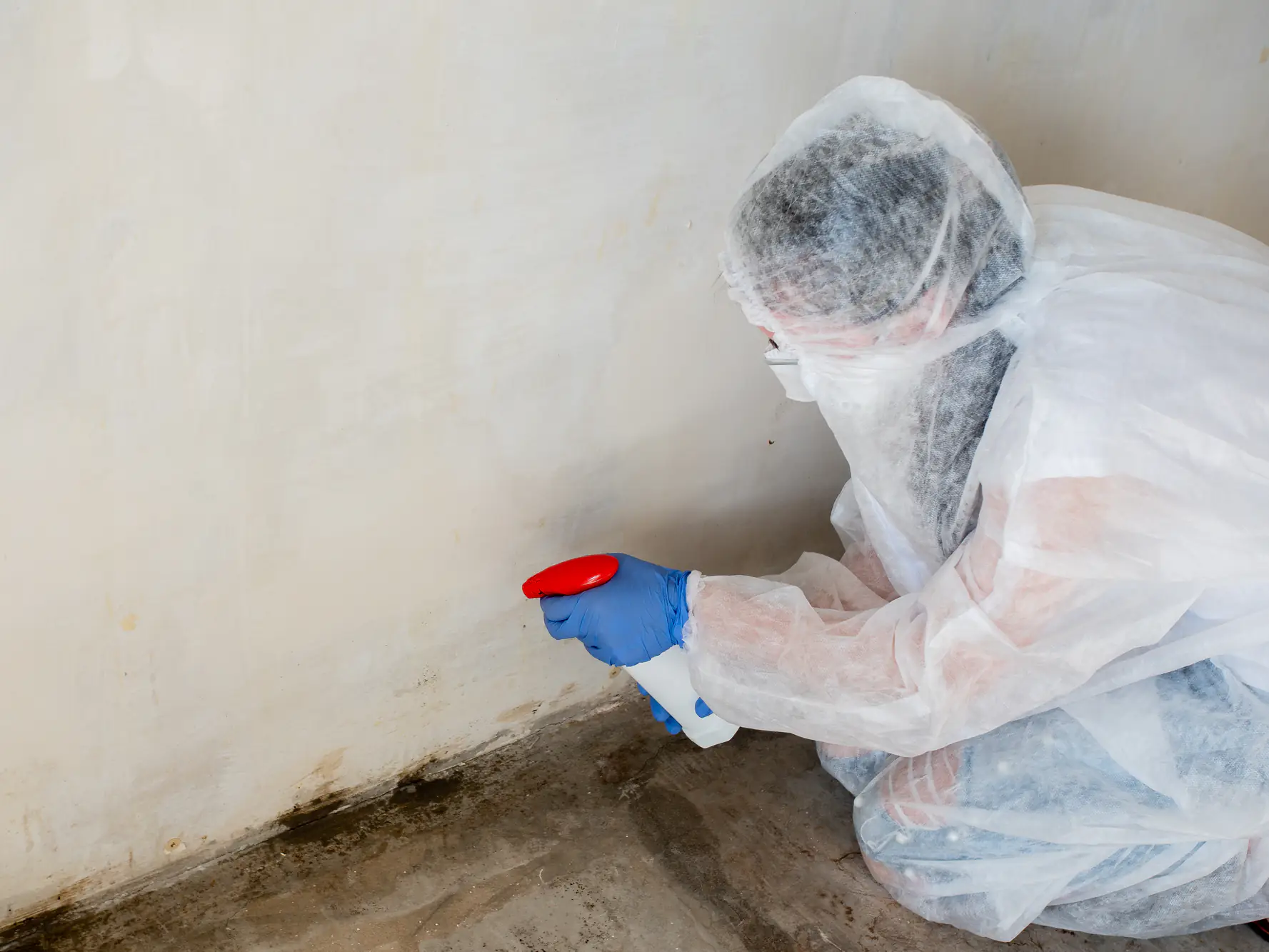
Hear from Our Customers
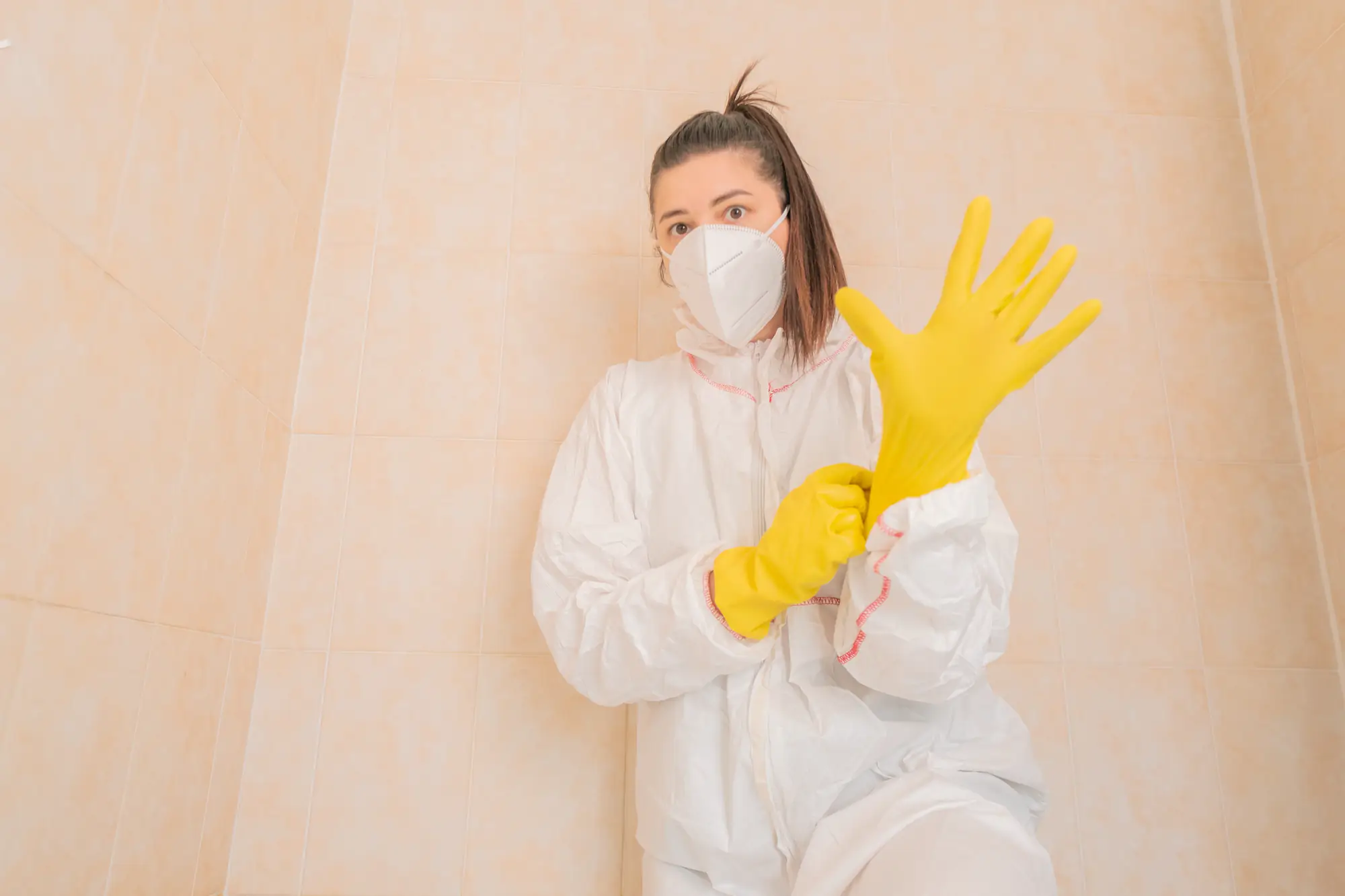
You’ll sleep better knowing that musty smell is gone and your family isn’t breathing in harmful spores. Your home feels fresh again, not like you’re walking into a damp basement every time you come through the door.
The air quality improves immediately after we address both the visible mold and the hidden growth that most people miss. You won’t need to worry about that nagging cough or wonder if your headaches are connected to what’s growing in your walls.
Most importantly, you’ll have confidence the problem is actually solved. We don’t just clean what you can see—we find the moisture source and fix it so mold doesn’t come back next season.
We’ve been handling mold issues in Spring Valley and throughout Bucks County for years. We understand how Pennsylvania’s humid summers create the perfect storm for mold growth, especially in basements and crawl spaces that many homeowners don’t check regularly.
Spring Valley’s climate means mold season runs longer here than in drier areas. We see the same patterns every year—humidity spikes in July and August, then homeowners start noticing that musty smell by September.
What sets us apart is that we actually live and work in this community. We’re not some national franchise that doesn’t understand local conditions. We know which neighborhoods have drainage issues, which home styles are most vulnerable, and how to prevent problems before they start.
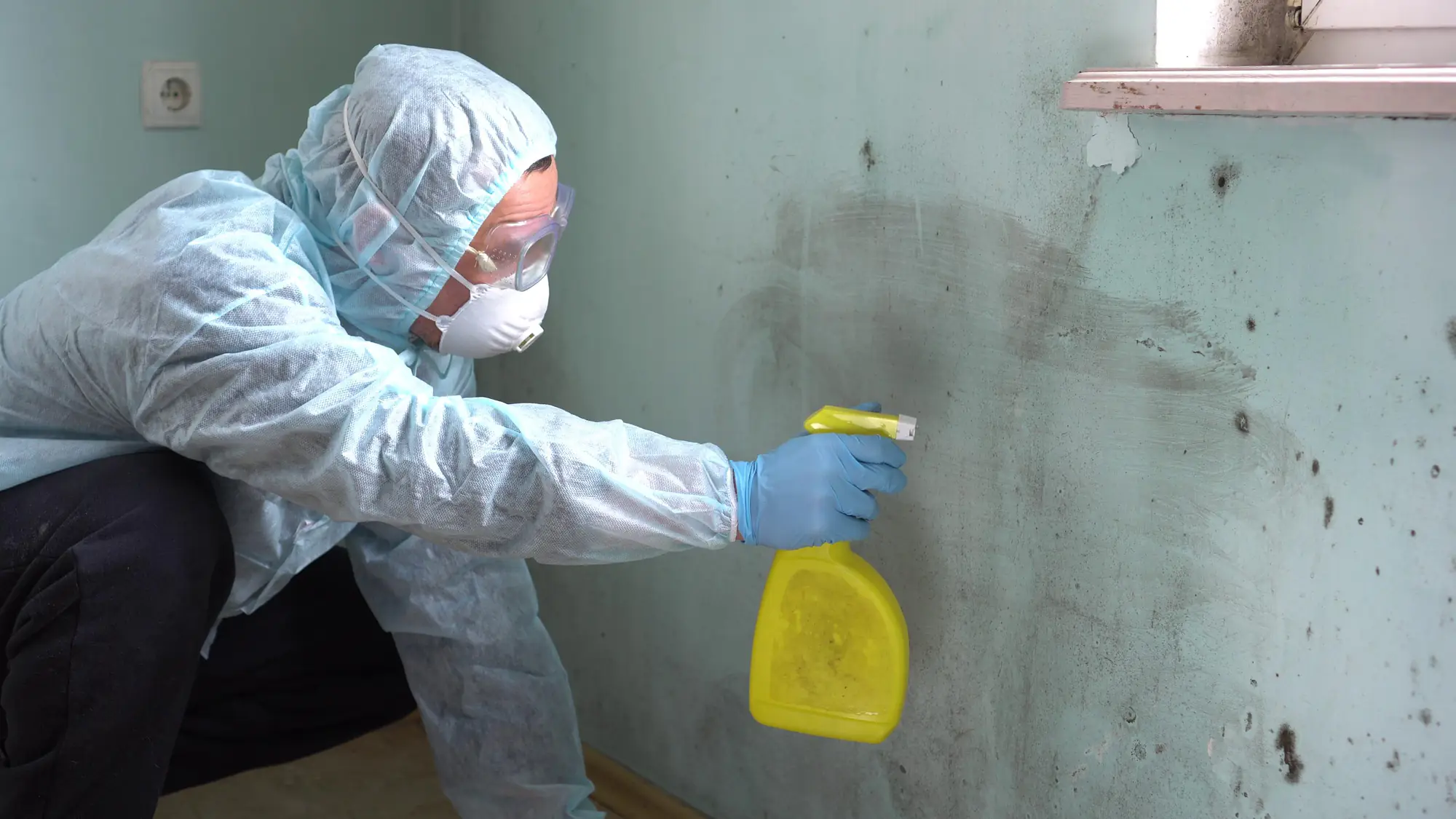
First, we inspect your entire property, not just the obvious spots. This includes checking behind walls, under flooring, and in HVAC systems where mold loves to hide. We use moisture meters and thermal imaging to find problems you can’t see yet.
Next, we test the air and surfaces to identify exactly what type of mold we’re dealing with. Different molds require different approaches, and we want to use the most effective method for your specific situation.
Then we contain the area to prevent spores from spreading during removal. We remove contaminated materials safely and treat affected surfaces with EPA-approved products. Finally, we address the moisture source—whether it’s a leak, poor ventilation, or humidity issue—so the problem doesn’t return.
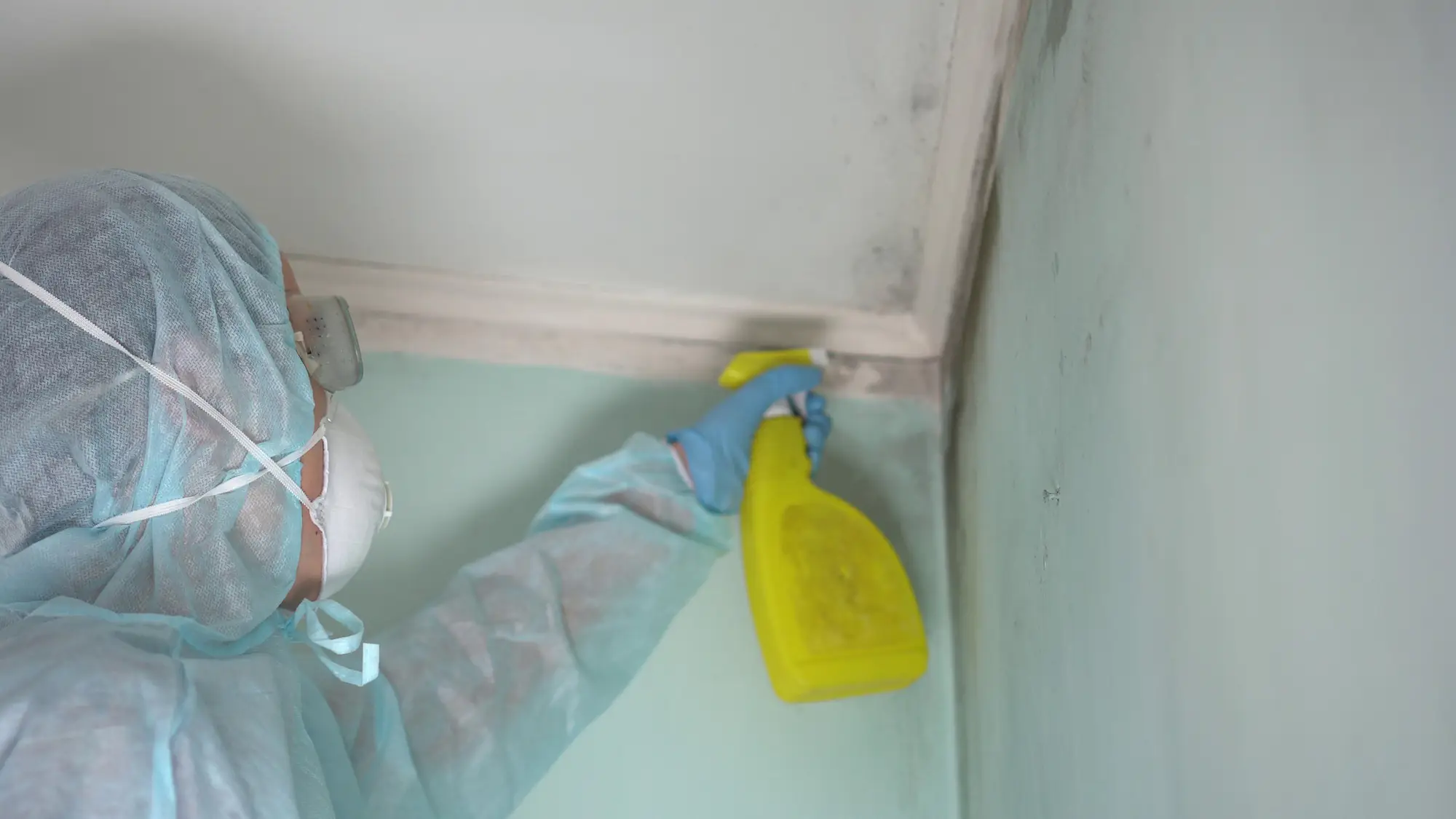
Ready to get started?
Our mold remediation service includes everything from initial inspection to final clearance testing. You get a thorough assessment, safe removal of all contaminated materials, treatment of affected areas, and repairs to bring your home back to normal condition.
In Spring Valley specifically, we see a lot of basement mold issues due to the area’s soil conditions and older home construction. Many homes here were built before modern moisture barriers were standard, which creates ongoing challenges that require specialized local knowledge.
We also handle the paperwork side—working with your insurance company and providing all the documentation they need for your claim. Most homeowners don’t realize that proper documentation is crucial for getting coverage, and we make sure everything is handled correctly from day one.
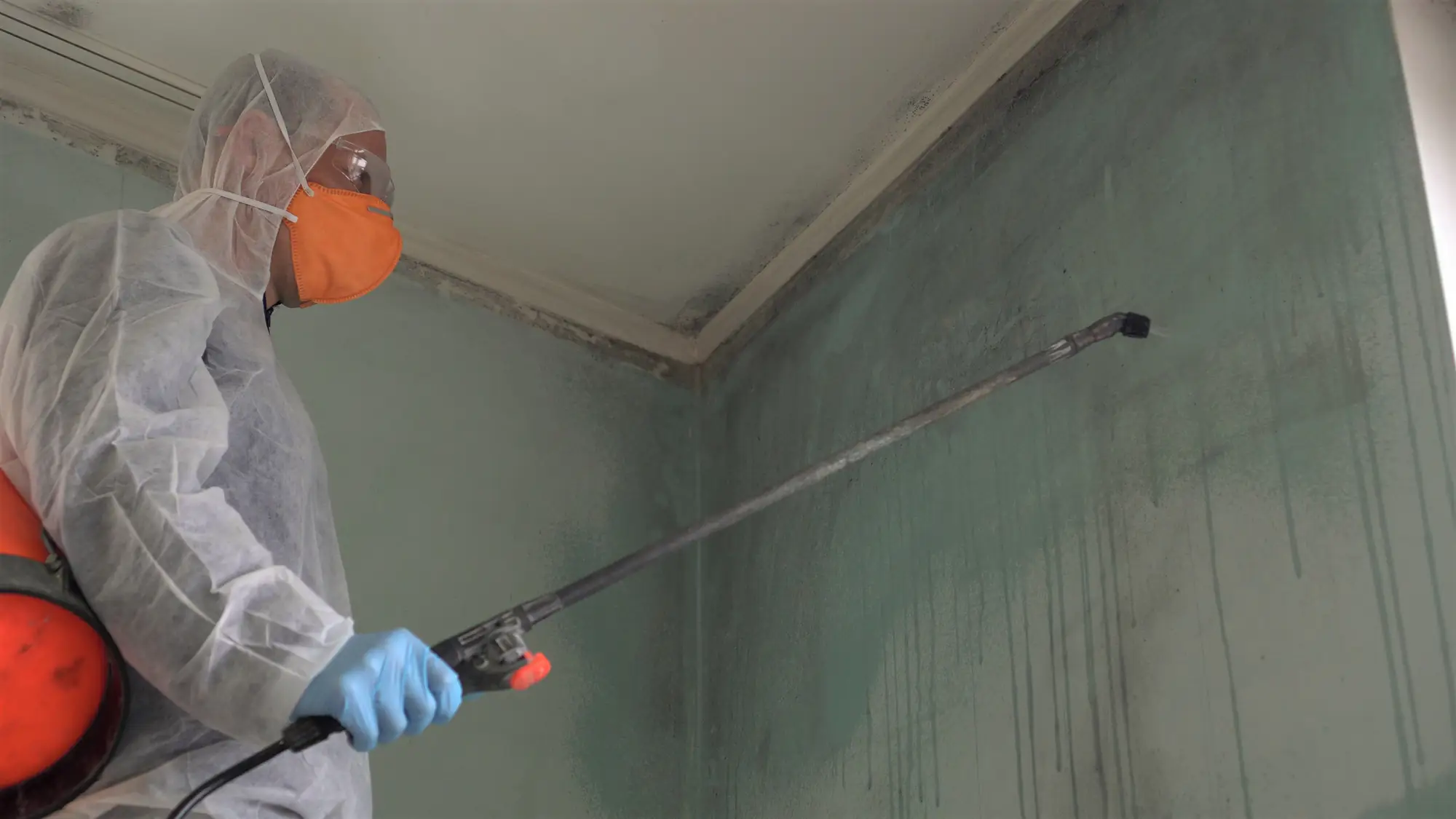
Mold can begin growing within 48 to 72 hours after water exposure, especially in Spring Valley’s humid climate. Pennsylvania’s warm summers create ideal conditions where mold spores germinate faster than in drier regions.
The key is acting immediately after any water incident—whether it’s a burst pipe, roof leak, or flooding. Even small amounts of moisture can create problems if the humidity level stays above 60%. In Spring Valley homes, we often see mold development accelerate during summer months when indoor humidity naturally rises.
That’s why we offer 24/7 emergency response. Waiting until Monday morning or after the weekend can mean the difference between a minor cleanup and major remediation project.
Mold exposure affects everyone differently, but common symptoms include respiratory issues, headaches, skin irritation, and persistent coughing. Children, elderly family members, and anyone with compromised immune systems face the highest risks.
Some people experience symptoms similar to allergies or a cold that won’t go away. Others develop more serious respiratory problems, especially if they have asthma. The longer the exposure continues, the more severe symptoms can become.
Black mold is particularly concerning because it produces mycotoxins that can cause serious health effects. This is why professional identification and removal is so important—you need to know exactly what you’re dealing with and handle it safely.
Mold removal costs vary based on the size of the affected area, type of mold, and extent of damage. Small, contained areas might cost a few hundred dollars, while extensive contamination can run several thousand.
However, the cost of not addressing mold properly is usually much higher. DIY attempts often fail because they don’t address the moisture source, leading to recurring problems that become more expensive over time. Insurance may cover mold remediation if it resulted from a covered water damage event.
We provide upfront, detailed estimates so you know exactly what to expect. We also work directly with insurance companies and offer financing options to make professional remediation affordable when you need it most.
Bleach only kills surface mold and doesn’t penetrate porous materials like drywall or wood where mold roots grow. It’s also dangerous to mix cleaning chemicals, and bleach can actually make some mold problems worse by adding moisture.
More importantly, cleaning visible mold without addressing the moisture source means it will just come back. Professional remediation involves identifying why mold grew in the first place and fixing those conditions permanently.
There’s also the safety factor. Disturbing mold without proper containment spreads spores throughout your home, potentially creating new contamination areas. Professional equipment and techniques prevent this cross-contamination while ensuring complete removal.
Prevention starts with moisture control. We identify and fix the source of moisture that allowed mold to grow initially—whether it’s a plumbing leak, poor ventilation, or humidity issues. Without addressing the root cause, mold will return.
We also recommend keeping indoor humidity below 50%, using exhaust fans in bathrooms and kitchens, and ensuring proper ventilation in basements and crawl spaces. In Spring Valley’s climate, dehumidifiers are often necessary during summer months.
Regular inspections help catch problems early. We recommend annual checks of areas prone to moisture, especially in older homes or after severe weather. Early detection and quick action prevent small issues from becoming major problems.
Insurance coverage for mold depends on the cause of the moisture problem. If mold resulted from a covered event like a burst pipe or storm damage, remediation is often covered. However, mold from ongoing maintenance issues like slow leaks usually isn’t covered.
The key is proper documentation and working with professionals who understand insurance requirements. We provide detailed reports, photos, and documentation that insurance companies need to process claims efficiently.
We work directly with insurance adjusters and can help navigate the claims process. Many homeowners don’t realize that how you handle the initial response affects coverage, which is why calling professionals immediately is so important for both health and financial reasons.
Other Services we provide in Spring Valley